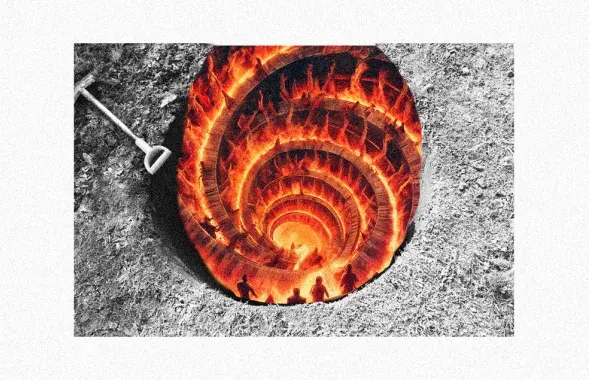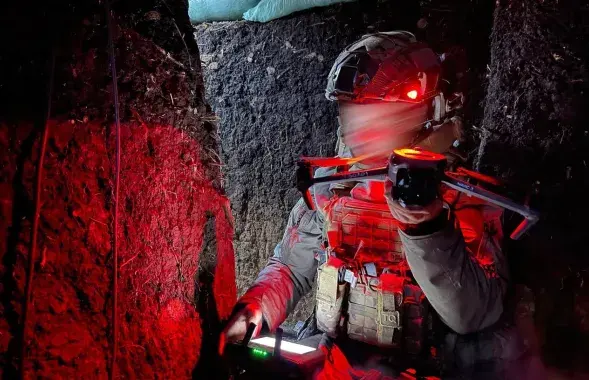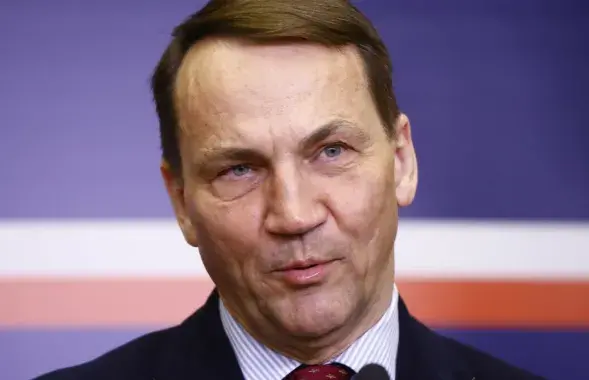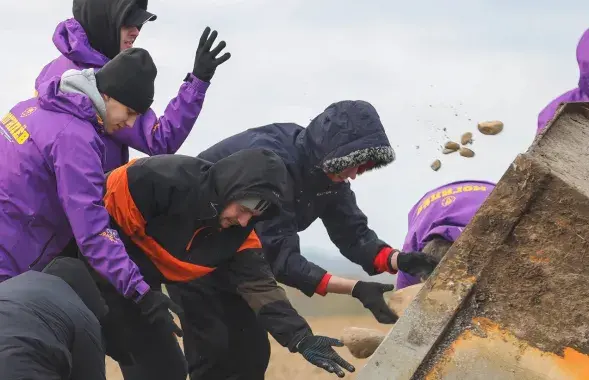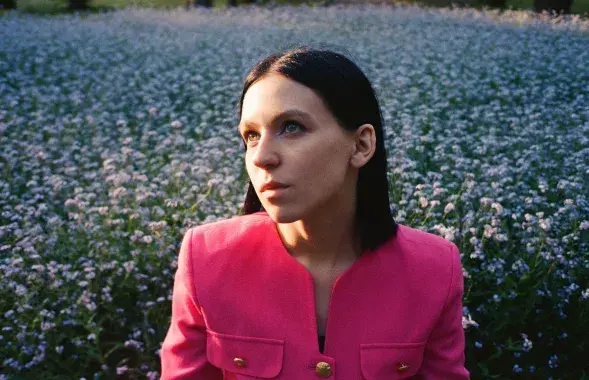Radunitsa – cry in the afternoon and dance in the evening
Belarusians will celebrate Radunitsa on Tuesday. There is such a day in every season of the year. It is dated for Easter in spring. People did not visit graves on Radunitsa only. It could happen on Easter Day as well. Or on Easter Monday. It could be done on Thursday – the so called Easter of the dead. According to an ethnographer Iryna Mahouskaya, Radunitsa is the most common day to visit graves. Іryna Mahouskaya: “It has always been celebrated on the ninth day of the so-called remembering week. It is the next nearest Monday after Easter. Nine is a sacral number for all eastern Slavs. For example, a dead person is always commemorated on the ninth day. A woman recently confined had to spend nine days in bed”.
The majority of scientists agree that the origin of word “Radunitsa” is “rada” (“glad”) or “radzittsa” (“to be glad”). Belarusians ask their ancestors to help them get a good harvest on this day. In spite of the holiday’s close connection with Christianity, it has a pagan origin. Iryna Mahouskaya continues:
“The structure of the holiday resembles ancient funeral feasts when mournful events alternated with joy and games to assert the life. That is why people said on this day: “Work in the morning, cry in the afternoon and dance in the evening”. People did their chores in the morning. Then they went to church to commemorate the dead and visited graves in the afternoon. They spread a table-cloth on the grave, sat near it and rolled an Easter egg saying “Christ has arisen!” Then they went home. The celebration continued there, but it was merry”.
Such an ancient holiday cannot inhere in only one people. That is why Radunitsa is a holiday of all eastern Slavs. All major pagan holidays merged with Christian holidays later. However, Irayna Mahouskaya says that the Church used to oppose to Radunitsa at first:
“At first the Church forbade Radunitsa. Those were unnecessary funeral feats that did not suit Christian ideas. However, some old national traditions can overlap or merge with Christian and church traditions”.
Father Alyaksandr explained the way the contemporary Radunitsa was connected with Orthodox Easter:
“Easter is a holiday of life. That is why it can take place on Easter Day or during the Easter week. People usually do not pray for the dead on those days. That is why there is a special day to commemorate those who passed away, our beloved ones – we know that they are in heaven – after the Easter week”.
Father Andrei from the Uniate Church says that uniates also celebrate Radunitsa, but they do it earlier than Orthodox Christians because they use the Gregorian calendar:
“The thing is we celebrate Easter according to the Gregorian calendar. It is a day of remembrance… there is a biblical tradition – Christ arrived on the eighth day after his resurrection. That is why Radunitsa is celebrated on the ninth day”.
Catholics do not have a tradition of celebrating Radunitsa. However, there is a day with a similar tradition of commemorating the dead in November - All Souls' Day. Roman Catholic priest Alyaksandr continues:
“It is known that believers pray for the dead the whole year. They bring their intensions to the holy service. Services for the dead are conducted every day. However, the Catholic Church has special days for it – November 1 and 2”.
Happy holidays!
Photo by pymedia.net
The majority of scientists agree that the origin of word “Radunitsa” is “rada” (“glad”) or “radzittsa” (“to be glad”). Belarusians ask their ancestors to help them get a good harvest on this day. In spite of the holiday’s close connection with Christianity, it has a pagan origin. Iryna Mahouskaya continues:
“The structure of the holiday resembles ancient funeral feasts when mournful events alternated with joy and games to assert the life. That is why people said on this day: “Work in the morning, cry in the afternoon and dance in the evening”. People did their chores in the morning. Then they went to church to commemorate the dead and visited graves in the afternoon. They spread a table-cloth on the grave, sat near it and rolled an Easter egg saying “Christ has arisen!” Then they went home. The celebration continued there, but it was merry”.
Such an ancient holiday cannot inhere in only one people. That is why Radunitsa is a holiday of all eastern Slavs. All major pagan holidays merged with Christian holidays later. However, Irayna Mahouskaya says that the Church used to oppose to Radunitsa at first:
“At first the Church forbade Radunitsa. Those were unnecessary funeral feats that did not suit Christian ideas. However, some old national traditions can overlap or merge with Christian and church traditions”.
Father Alyaksandr explained the way the contemporary Radunitsa was connected with Orthodox Easter:
“Easter is a holiday of life. That is why it can take place on Easter Day or during the Easter week. People usually do not pray for the dead on those days. That is why there is a special day to commemorate those who passed away, our beloved ones – we know that they are in heaven – after the Easter week”.
Father Andrei from the Uniate Church says that uniates also celebrate Radunitsa, but they do it earlier than Orthodox Christians because they use the Gregorian calendar:
“The thing is we celebrate Easter according to the Gregorian calendar. It is a day of remembrance… there is a biblical tradition – Christ arrived on the eighth day after his resurrection. That is why Radunitsa is celebrated on the ninth day”.
Catholics do not have a tradition of celebrating Radunitsa. However, there is a day with a similar tradition of commemorating the dead in November - All Souls' Day. Roman Catholic priest Alyaksandr continues:
“It is known that believers pray for the dead the whole year. They bring their intensions to the holy service. Services for the dead are conducted every day. However, the Catholic Church has special days for it – November 1 and 2”.
Happy holidays!
Photo by pymedia.net





